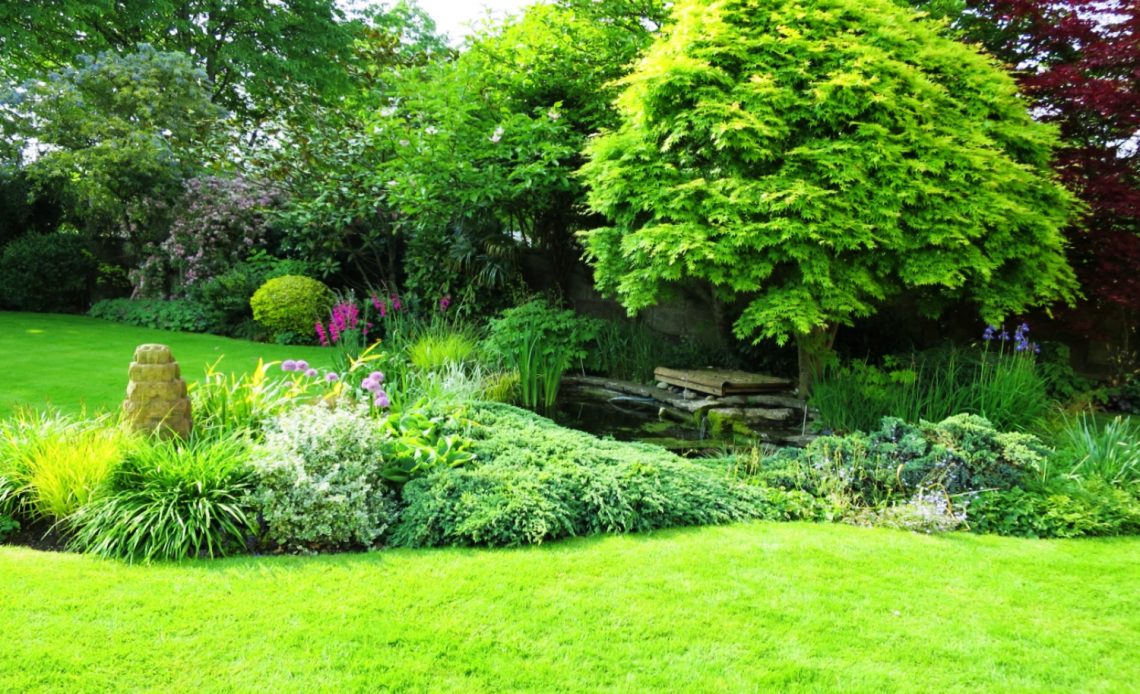

We’re here to help! Wild Yards is a completely free website that is 100% dedicated to helping you create a wildlife-friendly, sustainable yard. Read more
WildYards is reader-supported. When you buy a product through a link on our site, we may earn a comission. Every product is independently selected by our (obsessive) editors and our reviews are unbiased and objective. Read more about our mission or our privacy policy.
You know you need to fertilize your lawn, but choosing the correct fertilizer is no easy task. If you use one that’s too strong, you run the risk of burning your grass and killing it off altogether. And, if you use one that isn’t strong enough, your grass won’t have all of the nutrients that it needs to stay lush and green. In the quest for the perfect fertilizer for your yard, you’ve probably come across 17-17-17 fertilizer and wondered what it is and how and when you should use it.
You can use 17-17-17 fertilizer to feed your lawn, your ornamental plants and shrubs, and the fruits and vegetables in your garden. This is a potent general-purpose fertilizer that contains 17% nitrogen, 17% phosphorus, and 17% potassium. Use 17-17-17 fertilizer to feed your lawn in the spring and fall.
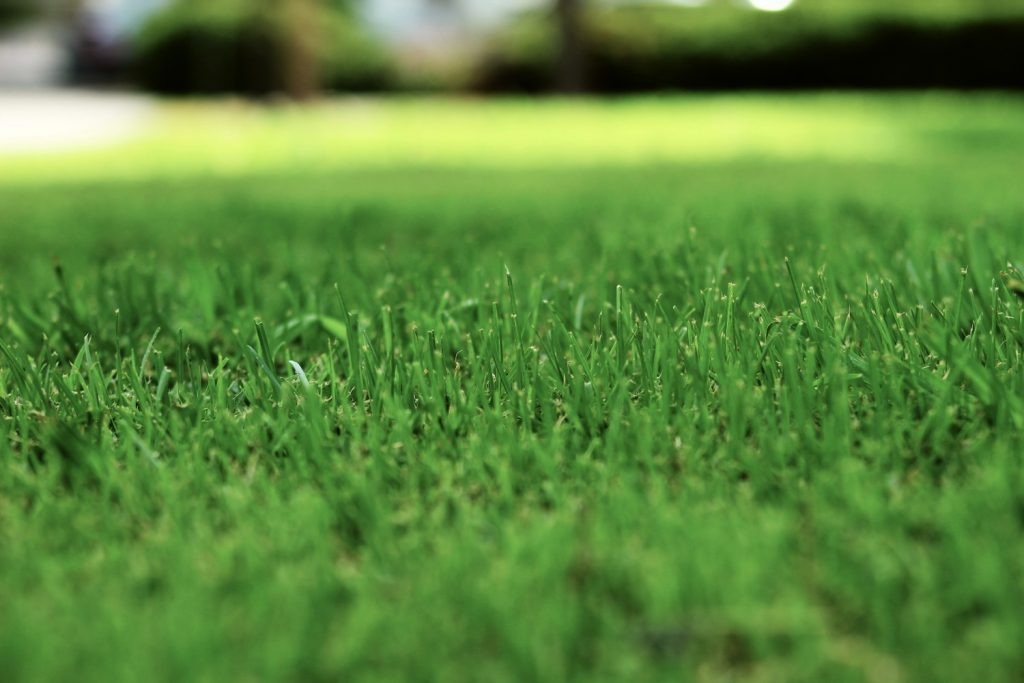
What do the numbers in 17-17-17 fertilizer represent?
Most commercial fertilizers contain three numbers separated by a hyphen. If you’re a first-time homeowner, you’re probably wondering what these numbers mean. Knowing how to read a fertilizer label is critical to choosing the right one for your lawn so you can ensure it gets an adequate amount of nutrients.
The three numbers on a fertilizer’s label represent nitrogen (N), phosphorus (P), and potassium (K), and the numbers themselves tell you how much of these ingredients a fertilizer contains. So 17-17-17 fertilizer contains 17% nitrogen, 17% phosphorus, and 17% potassium. Because it contains equal amounts of all three of these elements, 17-17-17 makes an excellent all-purpose fertilizer that’s appropriate for a wide variety of uses.
A 17-17-17 fertilizer contains 17% of each of these three minerals. The rest of the fertilizer is made up of a filler, usually perlite, rice hulls, or sand. These fillers are necessary to ensure the fertilizer can be spread evenly throughout your lawn.
Why do fertilizers contain nitrogen, phosphorus, and potassium?
Plants rely on dozens of micronutrients in the soil to survive, so why do fertilizers only offer nitrogen, phosphorus, and potassium? Most commercial fertilizers contain these three ingredients alone simply because they’re the ones that are most critical to a plant’s survival. Without them, plants suffer from stunted, patchy growth and anemic-looking foliage. Let’s take a look at just how exactly these three nutrients support plant health.
Nitrogen
Nitrogen is a mineral that is so essential to life that it can be found in every living thing, not just in plants. Nitrogen plays a critical role in photosynthesis, a process by which plants turn sunlight, water, and carbon dioxide into sugars for energy. Without nitrogen, plants are unable to photosynthesize properly, and the result is lackluster foliage that gradually turns yellow, then brown, before dying off.
Low levels of nitrogen are incredibly detrimental to a plant’s health, but too much of it can cause significant damage as well. If you’ve ever made the mistake of spreading fresh manure on your lawn, or if you’ve ever found dog poop in your backyard, then you’ve probably seen nitrogen’s harmful effects firsthand without even realizing it. Excess nitrogen burns plants, causing the foliage to turn yellow and sometimes white before drying up.
Since both low levels of nitrogen and high levels of nitrogen can cause a plant’s foliage to turn yellow, it’s important to be able to tell the difference. If you notice your lawn looking yellowish overall, then it’s most likely suffering from a nitrogen deficiency. But, if you find random yellow patches in otherwise healthy green turf, then the spots are most likely the result of nitrogen burn.
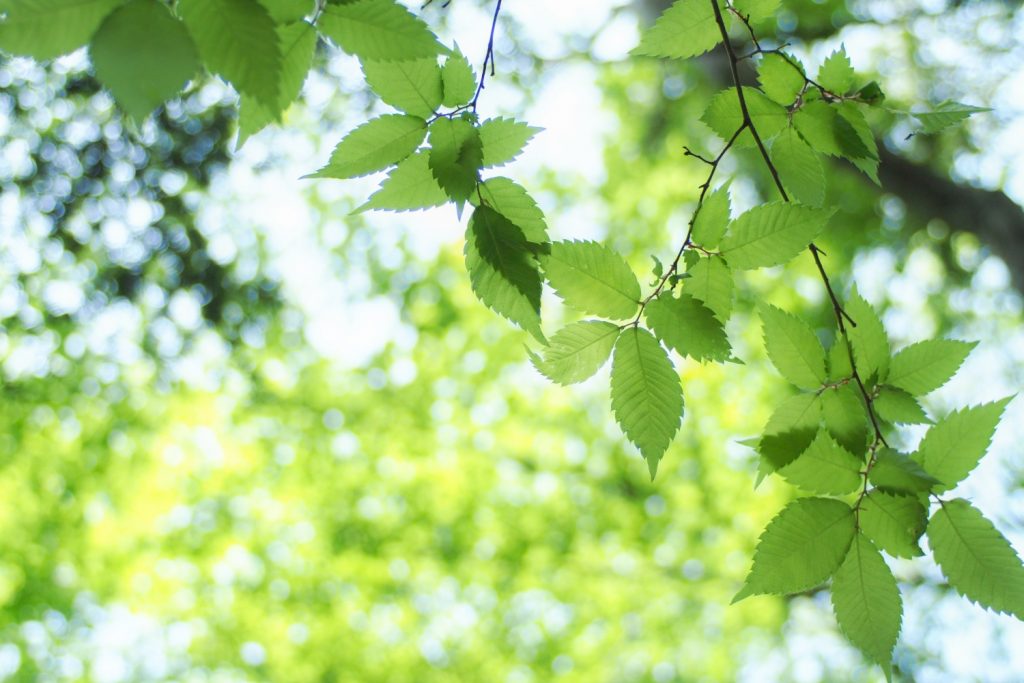
Phosphorus
This mineral makes up a part of nucleic acids, including deoxyribonucleic acid (DNA) and ribonucleic acid (RNA). Without phosphorus, plants are unable to manufacture DNA and RNA, and since both of these acids are essential for cell division and tissue development, plants with low phosphorus levels will display stunted growth.
Phosphorus plays a crucial role in protein synthesis, working with nitrogen to support energy production for the plant. A deficiency results in weak plants that never seem to become established. Young plants with a phosphorus deficiency can’t develop strong root systems and will take a long time to mature. Some may even die before they reach adulthood.
Signs of phosphorus deficiency in established plants will typically affect older leaves and low-growing foliage. These leaves may turn gray, blue, dark green, purple, or red. They may become stiff, thick, and dry, or develop shiny yellow spots. It’s also not uncommon for the stems to turn bright red.
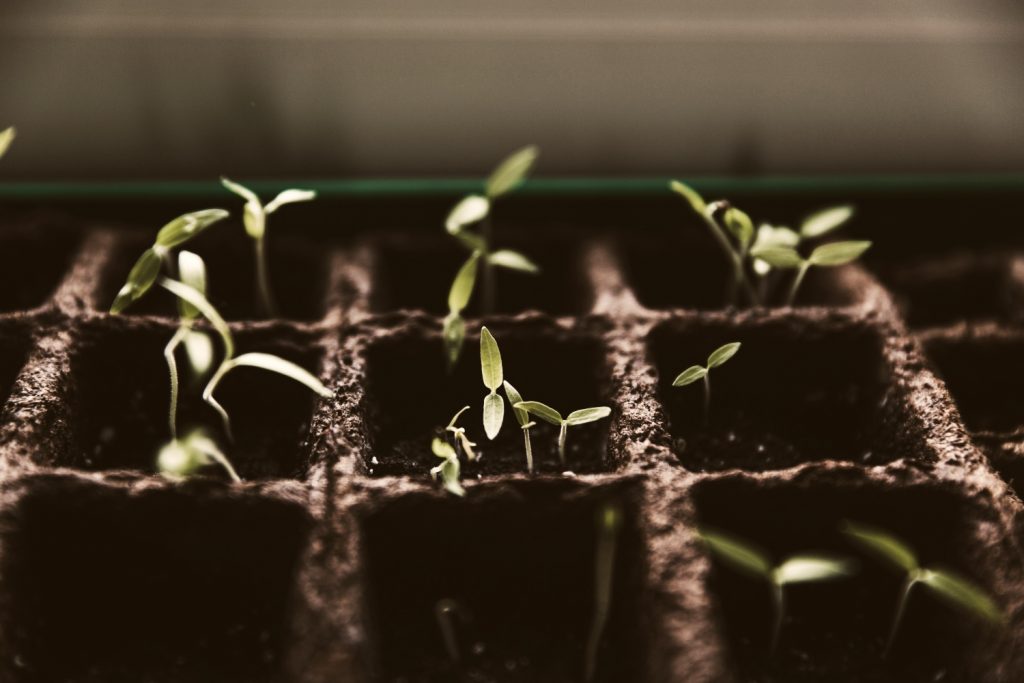
Potassium
Also called potash, potassium helps plants regulate CO2 intake and assists in a variety of enzymatic processes that are essential for a plant’s survival. Potassium improves a plant’s drought tolerance during prolonged periods of low rainfall by regulating moisture intake and moisture loss through the plant’s stomata. Potassium also enhances fruit and vegetable production, increasing crop yield.
When potassium levels are low, the symptoms tend to affect the oldest leaves at the top of the plant. Leaves turn brown along the edges and margins fade to pale green and yellow. Left untreated, the leaves may curl up into themselves.
In some cases, potassium deficiency can be caused by overwatering. Even if there’s enough potassium in the soil, if a plant gets too much moisture, it can still experience low potassium symptoms. Low oxygen levels in the soil, as well as an elevated soil pH, can contribute to potassium deficiency in plants as well. Taking measures to aerate the soil and adjust the pH is critical to helping a plant with low potassium levels.
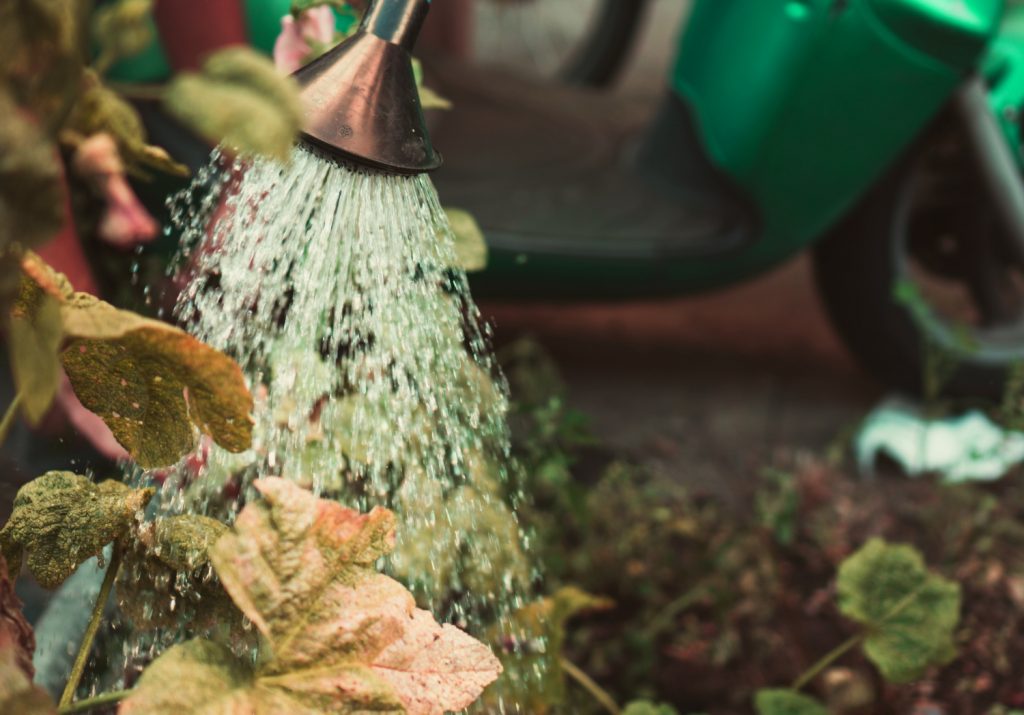
How can you tell if your lawn needs 17-17-17 fertilizer?
The best way to determine what type of fertilizer your lawn needs is to test the soil with an at-home testing kit. This will tell you how much of which minerals are in the soil so you can choose the appropriate fertilizer for your needs. Most lawns have an N-P-K ratio of 3:1:3 or 4:1:2, but these baselines are based on averages, and your lawn’s ratio may vary.
A soil with an N-P-K ratio of 5-1-2 is considered relatively healthy, although it doesn’t supply the turf with enough nitrogen and potassium to continue growing well in the long run. Ideally, you should be aiming for a ratio of 8-2-5. This kicks the nitrogen and potassium levels up a notch so the soil levels don’t become depleted as the grass uses nutrients. An 8-2-5 ratio provides your lawn with a steady supply of minerals to keep it looking great all season long.
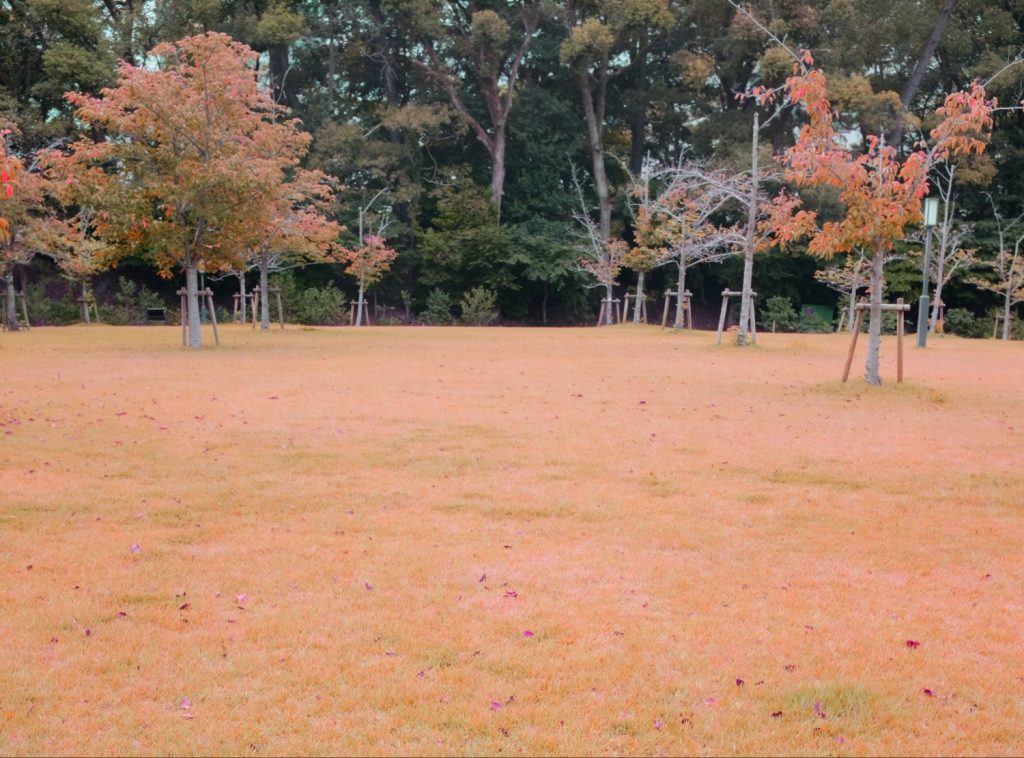
What are the different types of 17-17-17 fertilizers?
Not all fertilizers are created equal. There are a few different forms of 17-17-17 fertilizer to choose from. Knowing how these fertilizers compare to each other will allow you to make the best choice for your lawn and garden.
Powder
Powder 17-17-17 fertilizer is one of the most readily available forms. It’s also one of the cheapest, and can easily be applied by using a walk-behind broadcast spreader. Powder fertilizers are water-soluble. Simply apply the powder to your turf then water it well with a garden sprinkler to activate it. Powder 17-17-17 is fast-acting, which can be a good thing, particularly if your lawn is showing signs of nutritional deficiencies and needs a quick boost. The only downside to this type of fertilizer is that its effects are relatively short-lived.
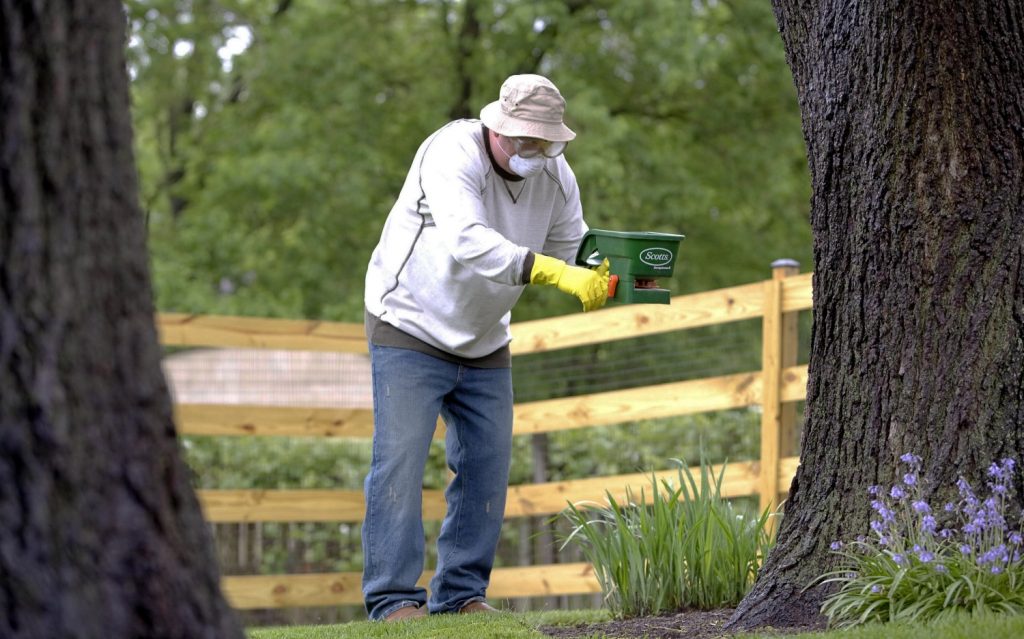
Slow-release granules
Unlike powder 17-17-17, slow-release granule fertilizers are broken down by the microbes in the soil over a longer period of time, thus preventing the rapid absorption of nutrients. Slow-release granules can be applied using a walk-behind broadcast spreader. However, these fertilizers need to sit for a period of 48 hours after application before being watered. Slow-release granules remain effective for 30 to 90 days. While these types of fertilizers can keep your lawn fed longer, they may not be the best choice for a lawn that requires immediate attention.
Liquid concentrate
Like powder 17-17-17, liquid concentrate is relatively fast-acting, so it’s a great fertilizer for lawns that need a quick perk-me-up. It’s best to apply liquid fertilizers to lawns that have moderately dry soil, so it can soak it up quickly. Water-saturated soils have limited pore space. Liquid fertilizers may run off an overwatered lawn, rendering them useless, so you’ll need to plan accordingly to avoid wasting your money. You can find liquid 17-17-17 fertilizers that are premixed and ready to be applied, but some liquid concentrates need to be diluted before application. Be sure to follow the manufacturer’s instructions to a T to avoid burning your lawn.
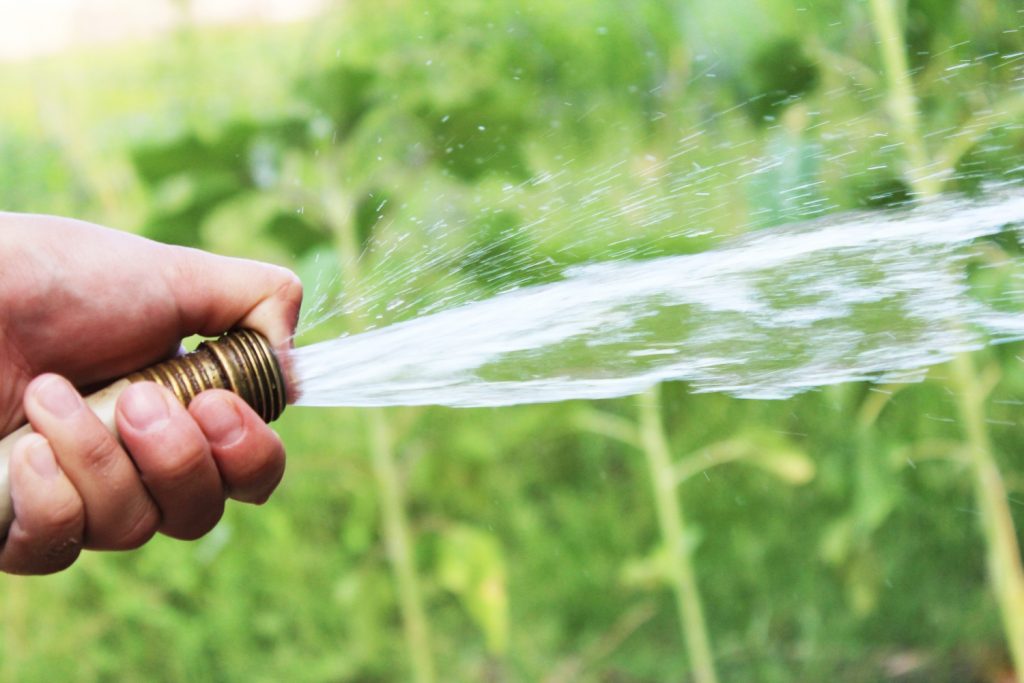
Fertilizer spikes
Fertilizer spikes can be expensive, especially if you have a big yard to feed. But they’re the most pet-safe option available. Simply use a hammer to drive the spikes into the ground, tapping them down below the surface where the nutrients can be delivered straight into the soil without coating foliage. Fertilizer spikes are another slow-release option, great for providing your lawn with long-lasting nutrition. They’re also fantastic for fertilizing individual plants, like the trees, shrubs, and flowers in your landscaping.
How and when should you apply 17-17-17 fertilizer?
Once you’ve determined that a 17-17-17 fertilizer is the right one for you, there are still a few things you’ll need to factor into consideration before applying it. Knowing how and when you should use this type of fertilizer allows you to support your lawn and garden’s performance, while also enabling you to get the most bang for your buck.
Lawns
You can start feeding your lawn in spring, preferably just as the grass starts coming in. When plants break out of their winter dormancy, they get “hungry”, so to speak. They need plenty of nutrients to help them wake back up.
By fertilizing your sprouting grass, you’ll be ensuring that it has all of the vital minerals it needs to cover your yard in a thick green carpet, without leaving any yellow or bare spots. It’s also important to apply a fertilizer anytime you reseed your lawn, regardless of the time of year, to help the grass get established quickly.
Avoid applying your 17-17-17 fertilizer in the morning or just after rain. If the grass is wet when you spread it, the fertilizer will stick to the blades and burn your grass. So wait until a dry afternoon to fertilize your lawn, and be sure to water it well afterward so it can seep into the soil and do its job.
Unlike 13-13-13 fertilizer, which should be reapplied every 8 to 10 weeks, 17-17-17 usually only needs to be applied once or twice a season. Check your soil’s N-P-K ratio again in late summer to determine whether or not you’ll need to apply another round in the fall. A good rule of thumb is to apply 5.8 pounds of 17-17-17 fertilizer per 1,000 square feet, but an online fertilizer calculator can help you determine just how much you’ll need to apply to your own lawn.
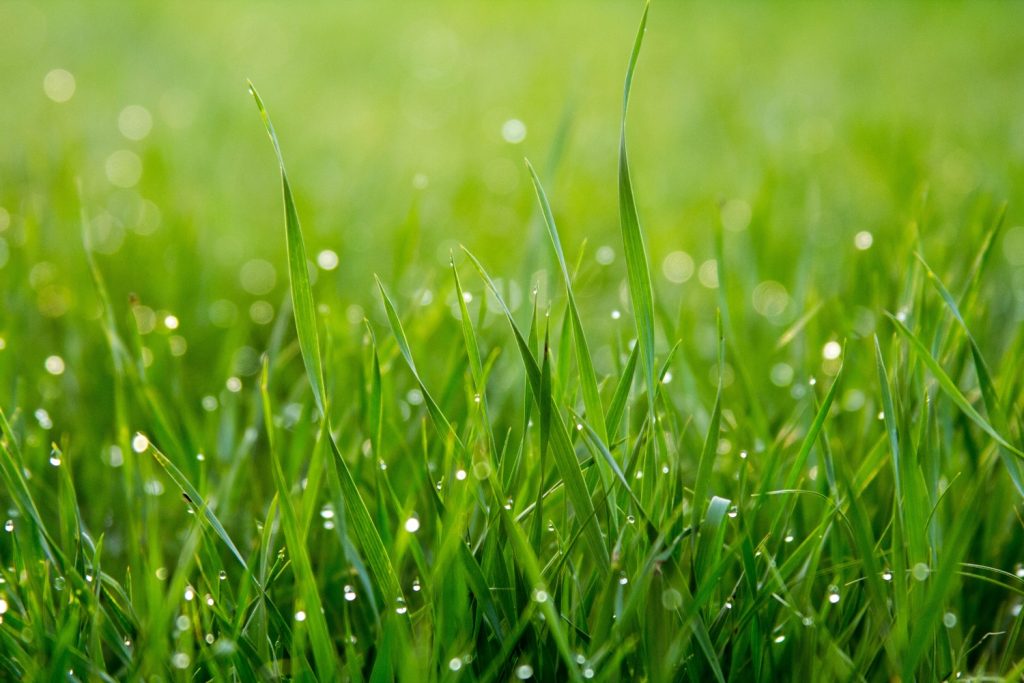
Flowers and shrubs
You can apply 17-17-17 fertilizer to your ornamental plants in the spring to promote healthy growth. You can also apply it anytime you notice signs of nitrogen, phosphorus, or potassium deficiency, regardless of the time of year. As with your lawn, it’s best to test the soil before applying fertilizer to avoid causing even more damage.
Using 17-17-17 to feed your flowers and shrubs equips them with the nitrogen they need to produce healthy foliage, the phosphorus they need to bloom and develop strong root systems, and the potassium they need to survive in extreme weather conditions. If your ornamental plants have been underperforming in recent years, feeding them with 17-17-17 fertilizer is a great starting point, and will put them on the path to better health.
To apply fertilizer to established plants, follow the manufacturer’s instructions. If applying a powder fertilizer, use a weed fork or hand trowel to pull mulch away from the base of the plant, and to work the fertilizer into the ground. Be careful not to disturb any of the plant’s roots, and use gloves so you don’t risk getting the fertilizer on your skin. When you’re done, water the plant thoroughly to activate the fertilizer, and replace the mulch to help seal in the moisture and nutrients.
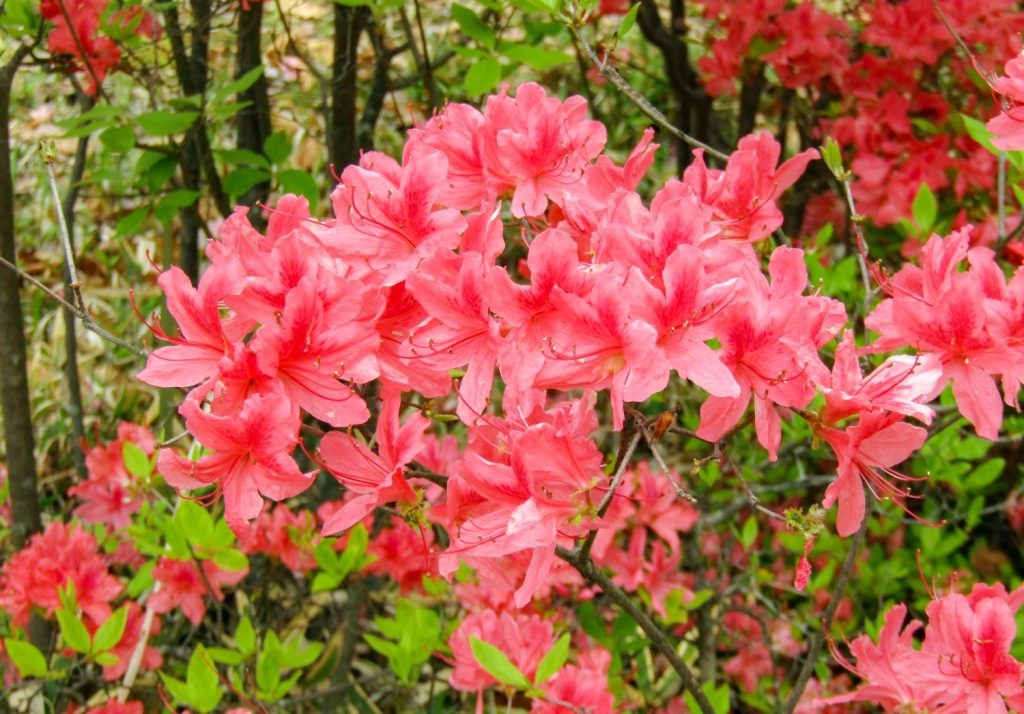
Trees
Because it’s a general-purpose fertilizer, 17-17-17 is safe to use around the trees in your yard. As long as you follow the manufacturer’s directions, the fertilizer shouldn’t burn the tree’s roots. If you’re using a fertilizer to feed a tree, as opposed to feeding your lawn, spread the fertilizer to the edge of the tree’s dripline, being careful to avoid any exposed roots, if possible. Be sure to water the tree well when you’re done applying the fertilizer.
You can use 17-17-17 fertilizer to feed fruit trees, although it may not be an ideal choice. Fruit trees require more nitrogen in spring to kickstart growth, but they switch gears as time goes on and come to rely on heavier doses of phosphorus to help them develop flowers and fruits. So consider purchasing a fruit tree-specific fertilizer to enhance yield.
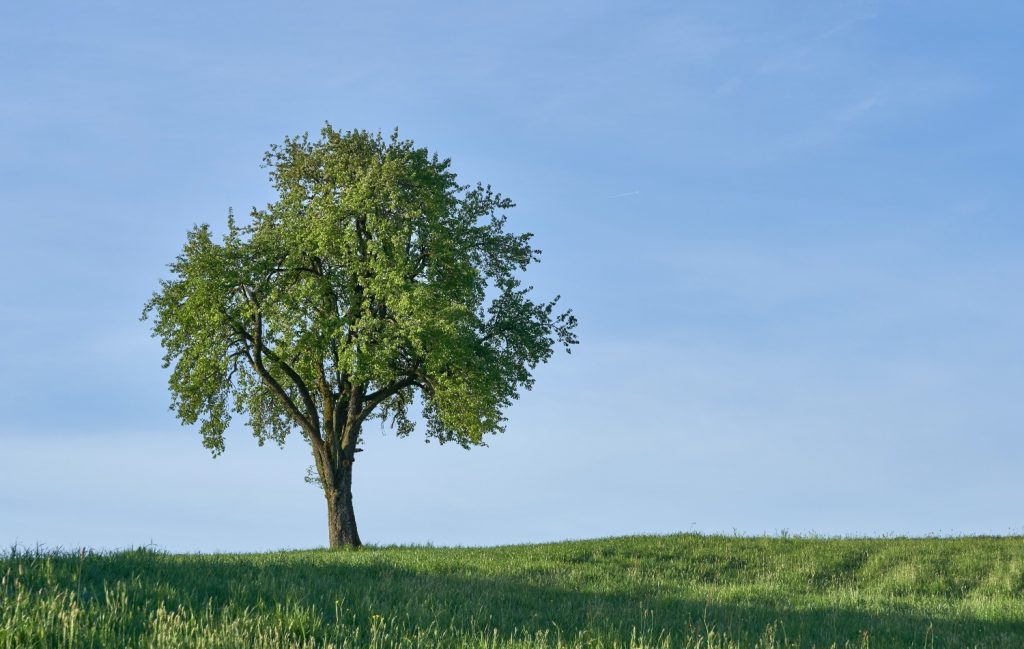
Garden fruits and vegetables
Once your seedlings have sprouted and you’ve moved them to their permanent home in your garden, you can add a small dose of fertilizer to boost growth. Ensure the seedlings have developed 4 to 6 sets of true leaves before applying fertilizer. Young plants, particularly ones that have just been transplanted, are susceptible to root burn.
To use 17-17-17 to feed the plants in your vegetable garden, simply follow the instructions on the packaging. One application in spring should be all your garden plants need to perform well. A 17-17-17 fertilizer provides vegetables with ample doses of the basic elements they require to produce, so it’s a good choice.
It’s worth noting that some vegetables require more of one mineral than they do of others. Tomatoes, for instance, rely on phosphorus to produce more than they do potassium and nitrogen, so a phosphorus-heavy fertilizer may work best for them. Meanwhile, leafy greens, like spinach, arugula, and kale, tend to use more nitrogen than anything else, so a nitrogen-rich substance like manure is often a better choice.
To make sure your vegetable garden has everything it needs to thrive, we recommend testing your soil ahead of time so you can choose the right fertilizer.
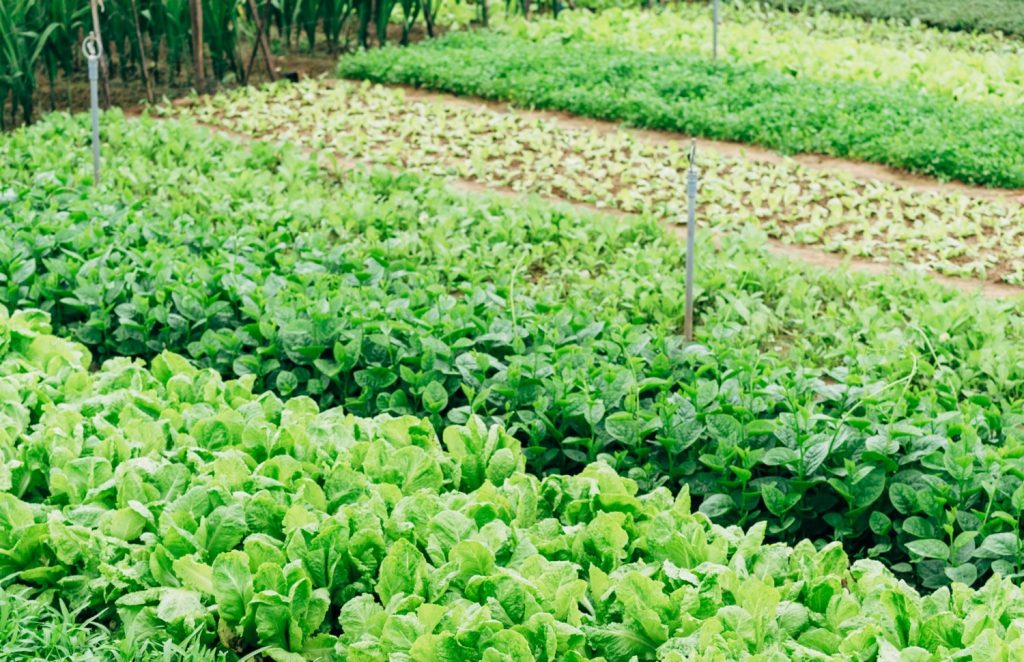
Houseplants
Because 17-17-17 fertilizer is so potent, it’s not the best food for house plants. Your peace lilies and philodendrons will likely prefer something a bit weaker, like 1-1-1 or 3-3-3 fertilizer instead. If you’re having trouble tracking one of these fertilizers down, you can make 17-17-17 work in a pinch. Just be sure to dilute the fertilizer to a fourth of its strength before applying.
Remember to only feed your houseplants when they are actively growing. Fertilizing plants during their dormant period is not only a waste of money since the plants won’t soak up the nutrients during this time, but it can also end up burning the roots as these minerals sit in the soil unused.
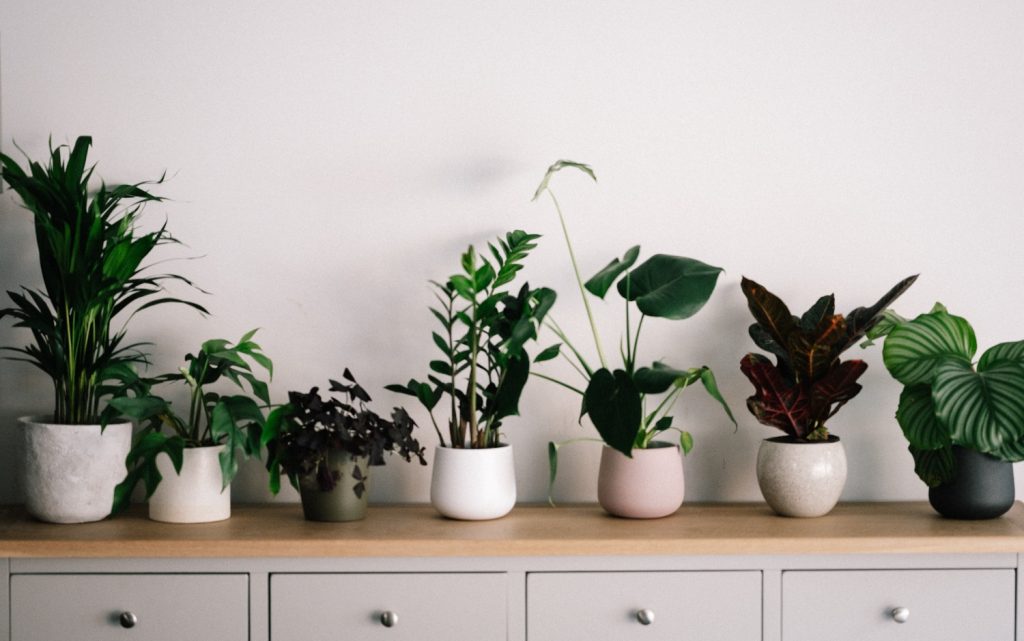
Transplanting
Some gardeners fertilize plants during transplantation by mixing the feed into the loose earth before backfilling around them. This method can encourage the plant to become established more quickly. But, done incorrectly, it can burn the plant’s roots and seriously stunt its growth.
To fertilize plants during transplantation, use the recommended dosage on the manufacturer’s label. If you’re using a powder or granules, you can work the fertilizer into the soil before filling in around the plant. Be sure to water the ground well afterward to remove air pockets and dissolve the fertilizer. Check the plant regularly and keep the soil moist, but not sopping wet, over the next three weeks. Insufficient water intake is a leading cause of transplant shock, but it’s easy enough to prevent.
If you’re using fertilizer spikes or liquid concentrate, then transplant the plant as normal and apply the fertilizer afterward. Consider spreading a layer of mulch evenly around the base of the plant to keep the soil damp. Fertilizers rely on water to work, so keeping the soil moist is critical. Avoid creating a “volcano” with the mulch, as this suffocates plants.
If you’re new to gardening, or if you’re just concerned that 17-17-17 may burn the roots of your young transplants, consider feeding them with a natural alternative. Aged manure, worm castings, and homemade compost provide juvenile plants with ample nutrition without harming underdeveloped roots.
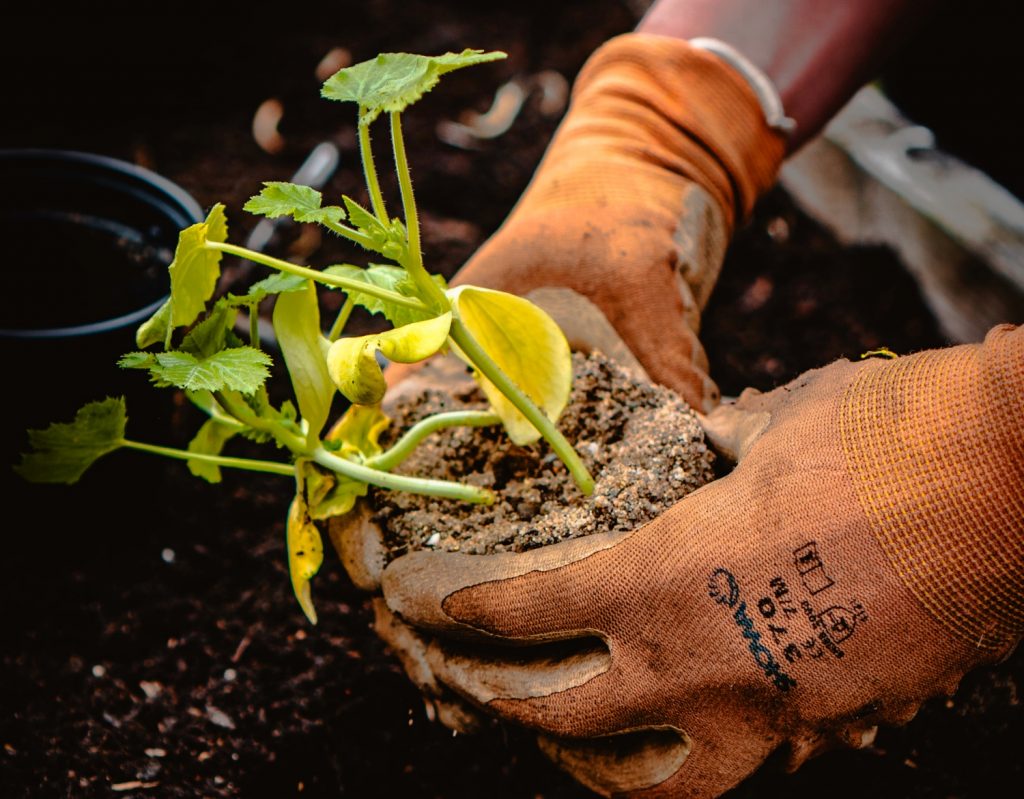
When should you avoid using 17-17-17 fertilizer?
As a general-purpose fertilizer, 17-17-17 is appropriate for many occasions. But it’s not a magic solution for every problem. If you’ve tested your soil and found that it’s actually quite fertile, then there’s no need to fertilize with such a strong mix. You’re better off using something weaker, like 5-5-5, instead. Using a rich fertilizer on soil that’s already nutrient-dense can prevent flowers from blooming and can even alter the soil’s pH. So, when it comes to fertilizers, always use the lowest amount possible, and never use something stronger than you need.
If your at-home test has revealed that your native soil is rich in phosphorus and potassium, but low in nitrogen, you may need a nitrogen-only fertilizer, like 13-0-0. Phosphorus-only and potassium-only fertilizers are also available to help you fill in all of the gaps in your soil’s nutritional makeup.
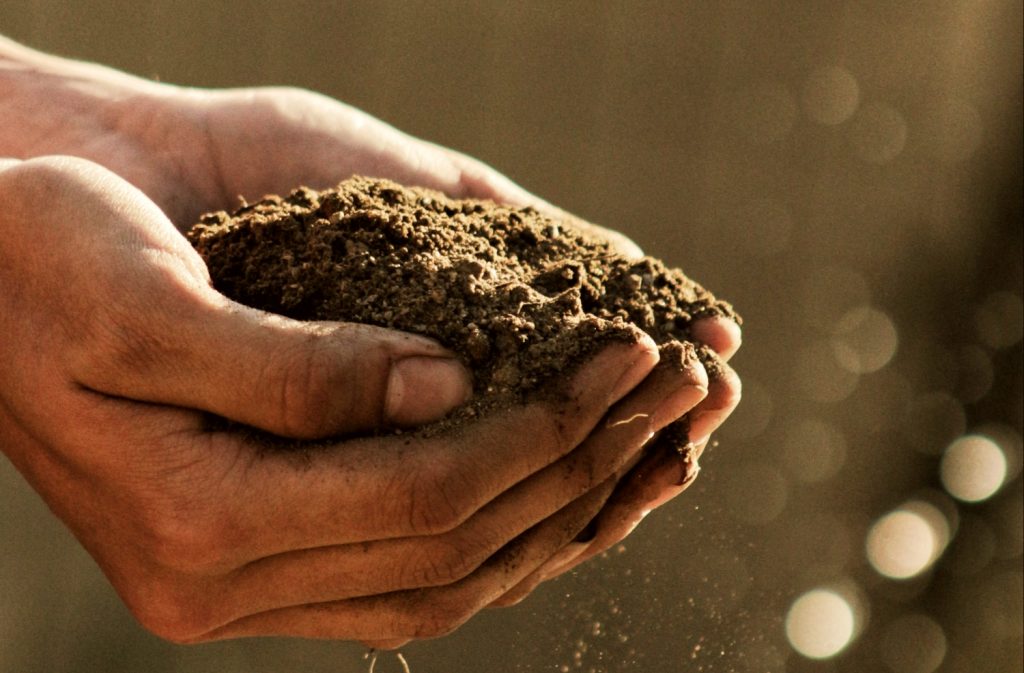
Does 17-17-17 fertilizer alter soil pH?
Commercial fertilizers, 17-17-17 included, can alter your soil’s pH slightly over time, but this isn’t necessarily a bad thing. Nitrogen, for instance, tends to have a neutralizing effect on a soil’s pH. Whether your native soil is slightly acidic or slightly alkaline, bringing it into the basic range makes it more suitable for a wider variety of plants because neutral soils maximize nutrient availability.
Of course, there are two sides to every coin. While commercial fertilizers can influence soil pH, soil pH can influence the efficacy of commercial fertilizers, too. For instance, soils that are too acidic or too alkaline can render phosphorus useless, as this element reacts to the iron, manganese, and zinc in the soil, and becomes unabsorbable. Even the fillers used in commercial fertilizers can alter the soil’s makeup over the years.
The fact that commercial fertilizers can change your soil’s pH isn’t necessarily a cause for concern and it shouldn’t prevent you from using them to feed your plants. However, the fact that fertilizers can influence soil pH is something that you should be aware of and serves to emphasize the importance of testing your soil once or twice every season.
Does 17-17-17 fertilizer prevent weeds?
Fertilizing your lawn has many benefits, one of which is weed control. Using a 17-17-17 fertilizer on your lawn helps prevent the spread of weeds in a roundabout way. By giving your grass all of the nutrients it needs to thrive, the turf can fill in quickly, snuffing out dandelions, crabgrass, and other unsightly plants. This saves you time and labor in the long run.
The same can be said for flower beds. By giving your ornamental plants that extra dose of nutrients, they’ll have an edge over surrounding weeds. Fertilizer also helps replace nutrients lost over time due to weed removal.
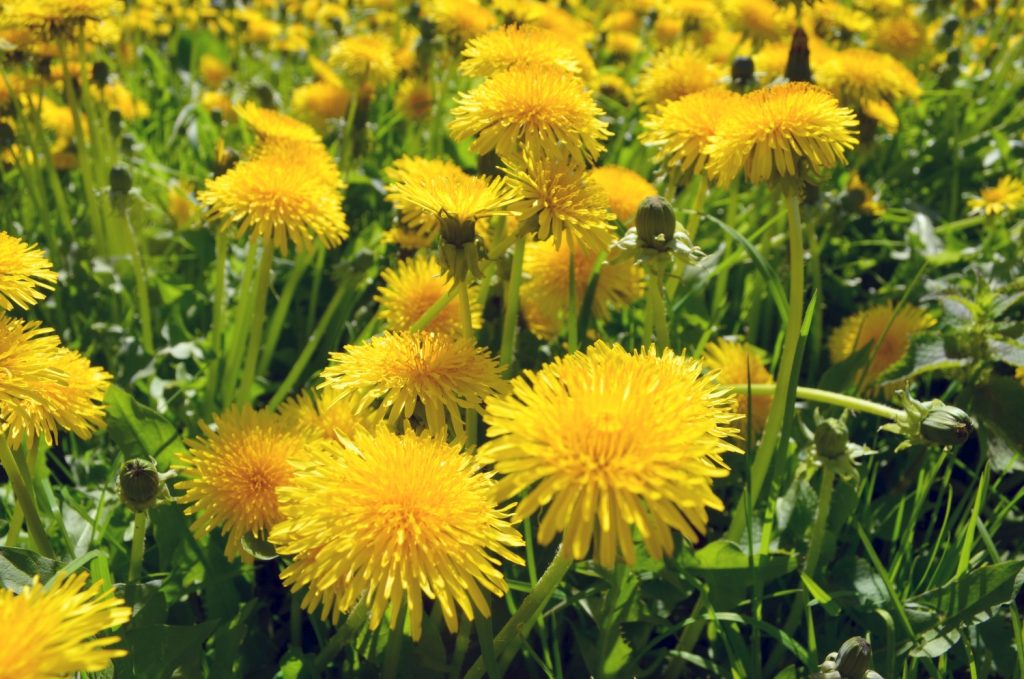
Does 17-17-17 aid in pest control and disease prevention?
Using 17-17-17 fertilizer also helps plants ward off pests, whether you use it to feed your hydrangeas, your basil, or your established trees. Plants rely on nitrogen, phosphorus, and potassium to maintain healthy immune systems. Sick plants don’t have the resources to fight off insects and if they’re underperforming when they’re hit with a bacterial or fungal infection, their chances of surviving these diseases plummet.
The way a plant looks is a reflection of its overall health. Feeding plants annually doesn’t just enhance their appearance, it also improves the way they function so they can always be at their best. Using 17-17-17 helps plants fight off blight, mildew, and other contagions. Plants that are fed regularly have a much easier time recuperating from diseases and infestations, too.
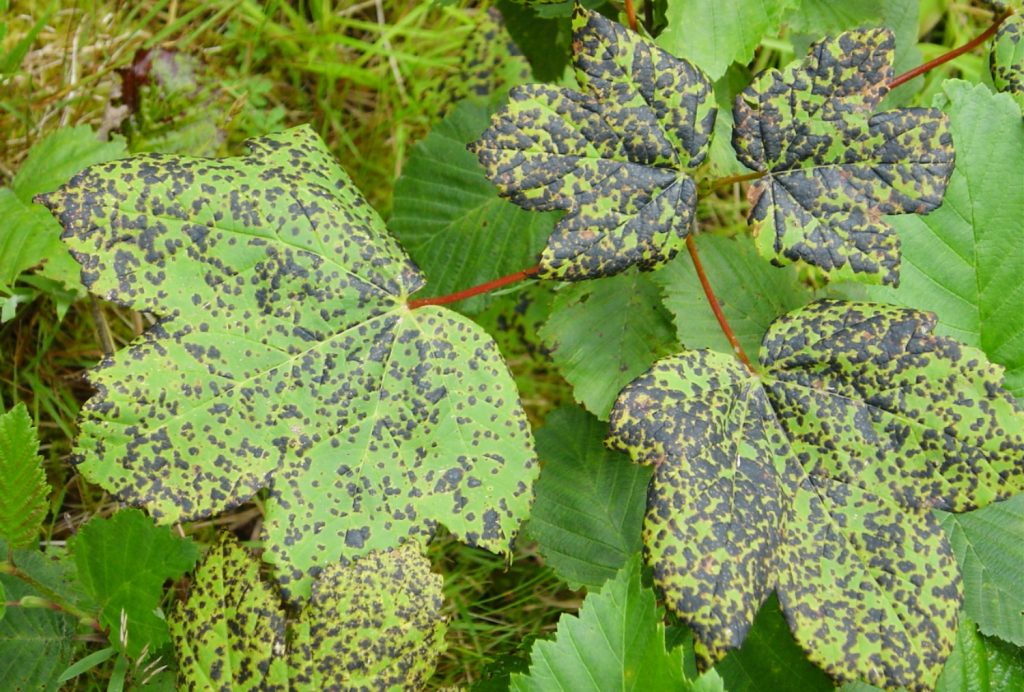
Tips for using 17-17-17 fertilizer effectively
Your soil’s needs change from season to season. Nitrogen, phosphorus, and potassium can alter the soil’s pH over time, as can the fillers used in commercial fertilizers. Just because your lawn benefited from 17-17-17 fertilizer one year doesn’t mean it will always benefit from it. So be sure to test your soil every spring so you can give your lawn exactly what it needs to maintain that perfect 8:2:5 ratio.
When using fertilizers, take care to avoid applying them near streams, rivers, ponds, lakes, and even drainage ditches. Nitrogen fertilizers enhance eutrophication, a sudden burst in phytoplankton activity that can have devastating effects on the agricultural industry as well as your region’s ecosystem. So refrain from feeding your lawn before and after heavy rainfall to prevent the fertilizer from contaminating local water sources.
Once you understand your soil’s unique makeup, you’ll be ready to pick the perfect fertilizer. A 17-17-17 fertilizer is an excellent all-purpose choice, whether you need to feed the flowers and shrubs in your landscaping, the fruits and vegetables in your garden, or the grass and trees on your lawn.
